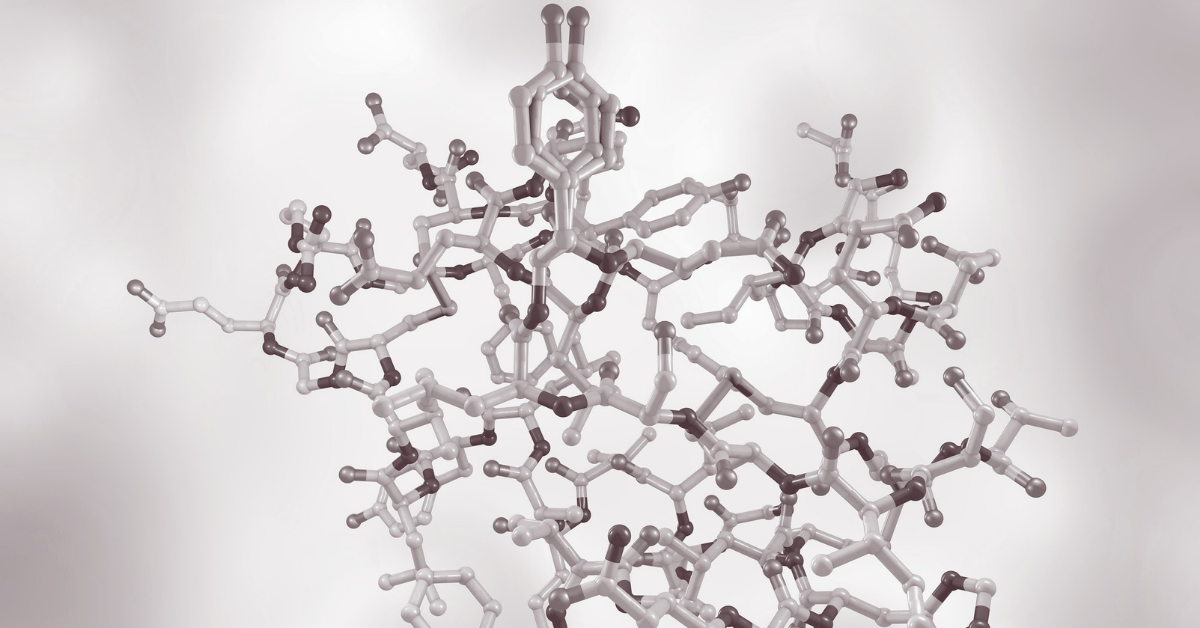
FAQ: What is insulin resistance? Here's everything you need to know and how to increase insulin sensitivity.
“Insulin resistance” is a trendy phrase these days. As the rising numbers of diabetes continue to make headlines, more misconceptions about insulin resistance spread. In this article, we’ll look more closely at what insulin resistance is, what causes it, its relationship with type 2 diabetes, and what a person can do to combat insulin resistance.
How does insulin regulate blood sugar?
Insulin -- produced by the pancreas -- is a hormone that no human or mammal can live without. When you eat food, your body breaks down a lot of that food (especially the carbohydrates) into glucose that enters your bloodstream after digestion.
Glucose (also known as “blood sugar”) is the primary source of fuel for your body, and especially your brain!
Insulin is what helps glucose enter the cells throughout your entire body for fuel.
What is insulin resistance?
Insulin resistance is defined by your body’s inability to fully use insulin either produced by your pancreas or taken via injection or insulin pump.
“Insulin resistance is when cells in your muscles, body fat and liver start resisting or ignoring the signal that the hormone insulin is trying to send out—which is to grab glucose out of the bloodstream and put it into our cells,” explains EndocrineWeb.
In other words, insulin resistance means the cells throughout your body aren’t responding normally to the insulin. This means the glucose isn’t entering the cells, and instead, it’s accumulating in your bloodstream.
In response to this, your pancreas will try to produce more and more insulin to regulate your blood sugar level. (In people with type 1, of course, you would have to manually give yourself more insulin via pump or injection.)
The more glucose that accumulates in your bloodstream, the higher your blood sugar level becomes. This is how insulin resistance contributes to the development of prediabetes and type 2 diabetes. People with type 1 diabetes can develop insulin resistance, too.
What causes insulin resistance?
There are some causes of insulin resistance you cannot avoid, specifically:
-
Genetics
-
Aging
-
Ethnicity
Actually, anyone can and will experience momentary or temporary phases of insulin resistance caused by things like:
-
Stress: an argument, death of a loved-one, divorce, road rage, etc.
-
Adrenaline: in sports, a rollercoaster ride, during public speaking, etc.
-
Hormones: especially in teenagers, menstruation
-
A high-fat meal: pizza, Chinese food, cupcakes, lasagna, etc.
-
Illness or infection
-
Medications: steroids, antipsychotics, HIV treatments, etc.
More long-term causes of insulin resistance include:
-
Weight-gain
-
Lack of exercise
-
Smoking / nicotine
-
Lack of sleep / sleep apnea
-
A diet high in highly-processed, fatty foods
How do you know if you're insulin resistant?
According to EndocrineWeb, signs of insulin resistance include:
-
The size of your waist: “Experts say the best way to tell whether you’re at risk for insulin resistance involves a tape measure and moment of truth in front of the bathroom mirror. A waist that measures 35 inches or more for women, 40 or more for men (31.5 inches for women and 35.5 inches for men if you’re of Southeast Asian, Chinese or Japanese descent) increases the odds of insulin resistance and metabolic syndrome, which is also linked to insulin resistance,” according to EndocrineWeb.
-
High blood sugar levels: above 100 mg/dL in the morning before breakfast
-
Metabolic syndrome: high blood pressure (130/85 or higher), high triglycerides (150 or higher), low HDL (below 50 for women, below 40 for men)
-
Acanthosis Nigricans: The development of dark patches of skin, often on the neck, elbows, knees, knuckles, or armpits.
-
The development of skin tags.
Is insulin resistance and type 2 diabetes the same thing?
In short, no. Not all levels of insulin resistance will necessarily contribute to the development of prediabetes or type 2 diabetes.
An important thing to understand about type 2 diabetes is that insulin resistance is only one part of the condition.
A 2016 study from the American Diabetes Association’s Diabetes Care journal reported that only 40 percent of people with type 2 diabetes can actually reverse their condition through changes that affect insulin resistance.
The other 60 perfect are faced with the issue of “beta-cell dysfunction.”
Beta-cells are the cells in your pancreas that produce insulin. In people with type 1 diabetes, the immune system is destroying those cells.
In this 60 percent group of people with type 2 diabetes, their pancreas is struggling to produce functional beta-cells which means those cells aren’t producing insulin properly.
What does increased insulin sensitivity mean?
Anyone (whether or not you have any type of diabetes) can increase their sensitivity to insulin. Insulin sensitivity is the opposite of insulin resistance. The more sensitive you become to insulin, the less insulin you need.
This is a very important goal for anyone with any type of diabetes, especially type 2 diabetes, because it means it will be easier to keep your blood sugars in a healthier range.
Increasing your sensitivity to insulin comes with lifestyle choices! Let’s take a closer look.
How can you increase insulin sensitivity?
The most straight-forward (but easier said than done) ways of combating insulin resistance and increasing your sensitivity to insulin are actually also the basics of healthy lifestyle habits:
-
Eat a diet of mostly whole, real foods, like the 80/20 or 90/10 rule.
-
Get more exercise -- even walking for 30 minutes every day can do wonders!
-
Quit smoking -- pronto!
-
Limit your consumption of alcohol to a few drinks per week.
-
Look for ways you could reduce stress in your life.
-
Lose weight -- even 5 pounds makes a difference!
Here are some extra tips on adopting some of these habits to increase your insulin sensitivity!
And above all else, remember: you can’t improve something if you don’t have information on it. Checking your blood sugar every single day is a critical part of managing diabetes!

